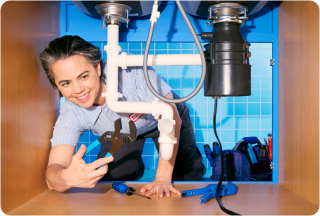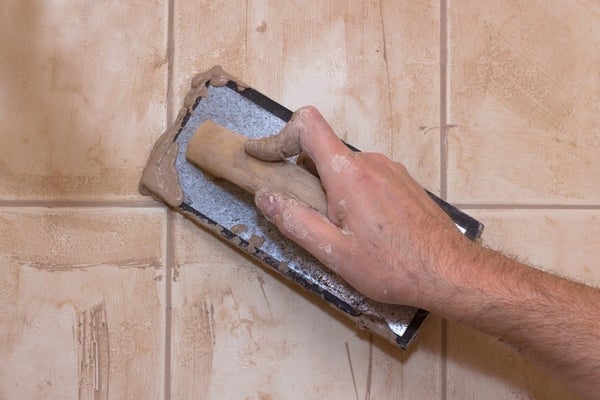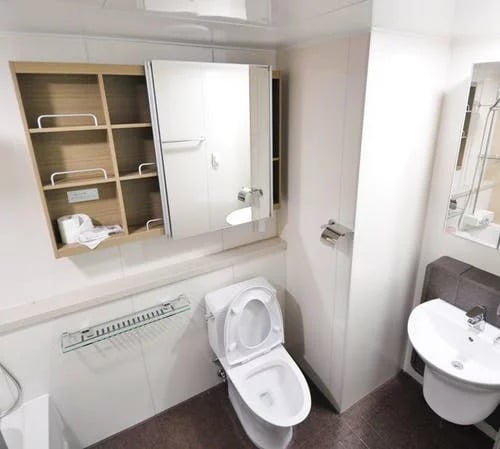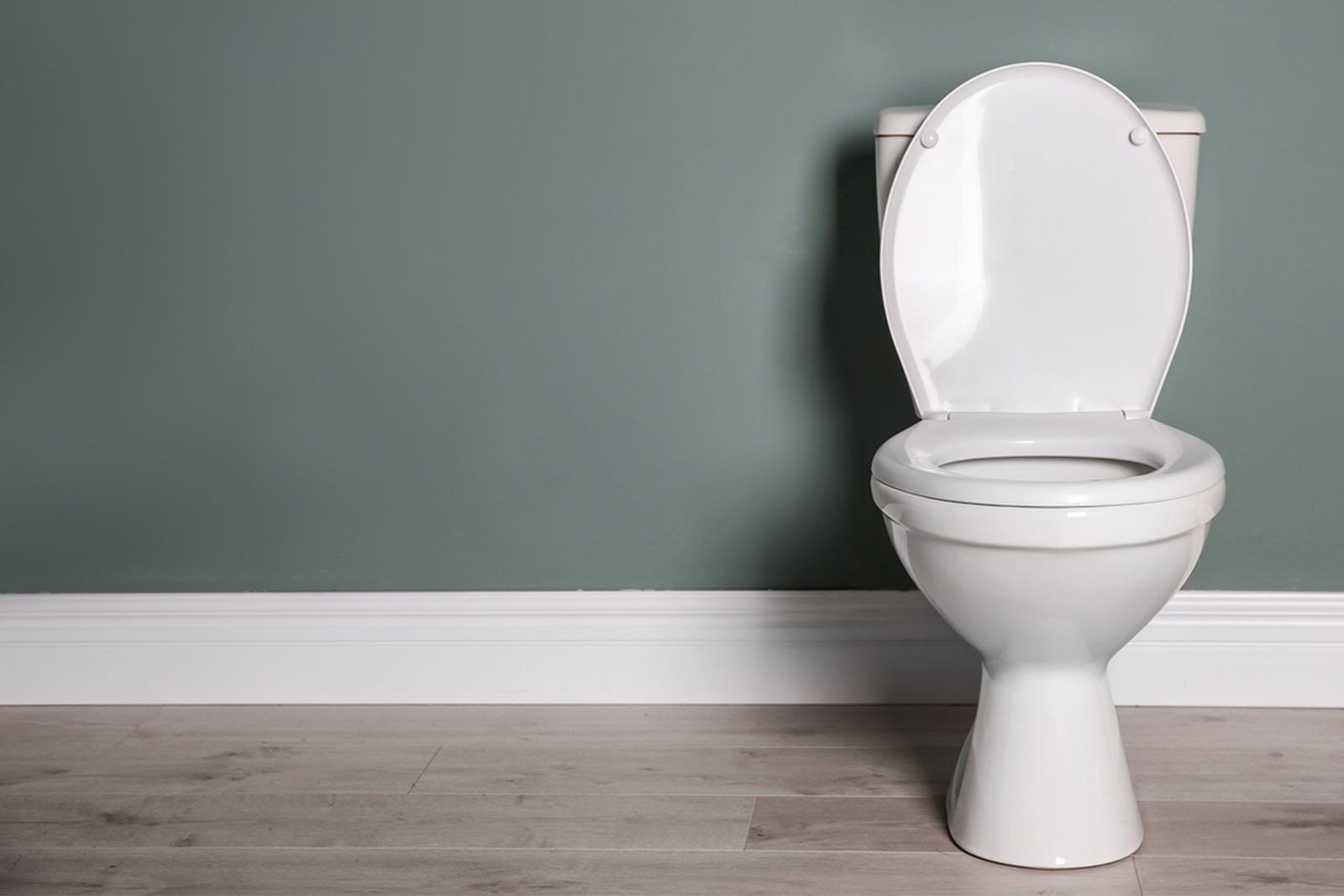If you’re an experienced do-it-yourself weekend warrior and you enjoy a good DIY challenge, it’s entirely possible for you to tile, grout, and caulk a shower yourself. This could save you a lot of money and hassle, but know that this is a project that requires some experience with tiles and tools in order to get the best results. When in doubt, it’s wise to call in the experts. But, if you're ready to forge ahead, here’s what you need to know to tile, grout, and seal a shower yourself.
Tools and materials you’ll need:
- tile
- electric screwdriver
- corded drill
- mixing paddle
- spacers
- pencil
- sanding block
- rubber grout float
- mask
- notched trowel
- 5-gallon bucket
- level
- broom
- tile nippers
- sponges
- safety glasses
- tape measure
- wet saw
- thin-set mortar
- screws
- metal spatula
- painter’s tape
- sanded grout
- unsanded grout
- grout sealant
- grout sponge
- bag
- buffing rag
- bathroom silicone caulk/sealant
- caulking gun
- commercial caulk remover
- utility knife
- commercial mold cleaner
Step 1: How to Tile a Shower
Choose Your Tiles and Plan Your Layout
The secret to any successful tile installation is planning, planning, and more planning! The first step of any tiling project is to choose your tiles before you plan the rest of the installation. Once you’ve chosen your tile, decide on the layout of your tiles. It’s a good idea to measure all the areas (at least twice!) and make a diagram of the tiles on each wall. You’ll also want to plan out any border tiles or other decorative tile placement.
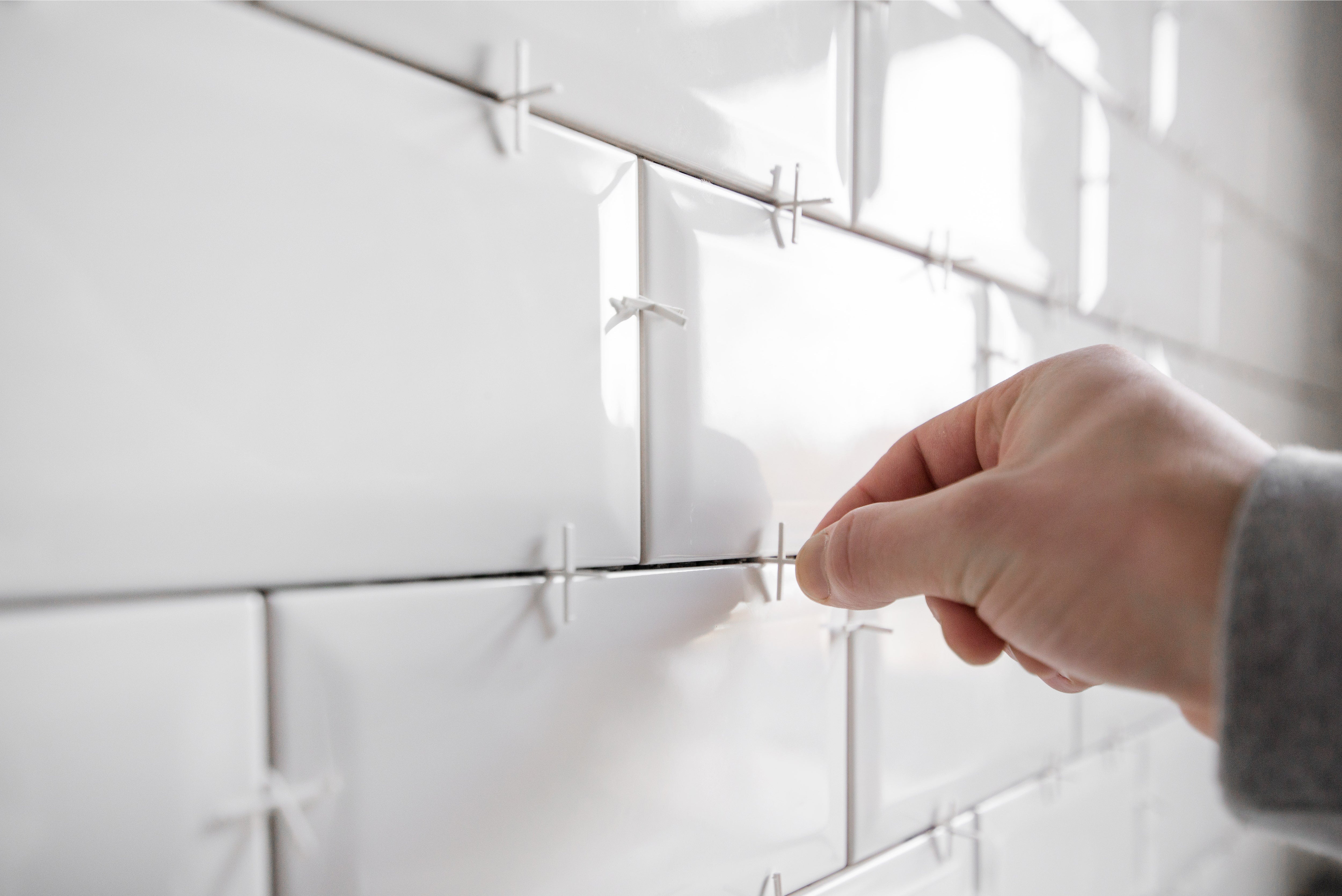
Prep the Shower Area for Tile Layout
- To start tiling, prepare by running a bead of silicone caulk around the perimeter of the area you are tiling to seal it. Use the back of a plastic spoon to smooth the caulk.
- Use a wet saw with a diamond blade to cut all the tiles. For example, you could cut two chair-rail tiles at a 45-degree angle to form a picture frame corner to border the shower. Tilting the saw base to 45 degrees gives the perfect cut.
- Use a 360-degree laser level to mark a line for laying the tiles.
- With a 3/16" V-notched trowel, spread mastic just under the laser line and down the side of the tub wall to a small area.
Apply the Tiles
- Use a laser level to continue to mark around the shower. Mark the laser line so that once you start to set the field tiles you’ll know when to start installing any accent tiles.
- Slide the tile in from the corner and if you have an irregular piece, split the difference and cap the corners with small pieces you cut to size. This will give you a nice, clean line throughout the whole wall. For the second row, cut another tile so you can continue a staggered joint and then fill in the rest.
- To set the tile, apply an even coat of mastic on only a small portion of the wall at a time. You have about five to 10 minutes to set the tile, so don't apply too much adhesive over a large area. Apply the tile with a slight twisting motion.
- Allow at least 24 hours for the adhesive to dry before grouting. To prepare for applying the grout, tape to protect any neighboring walls or wallpaper.

